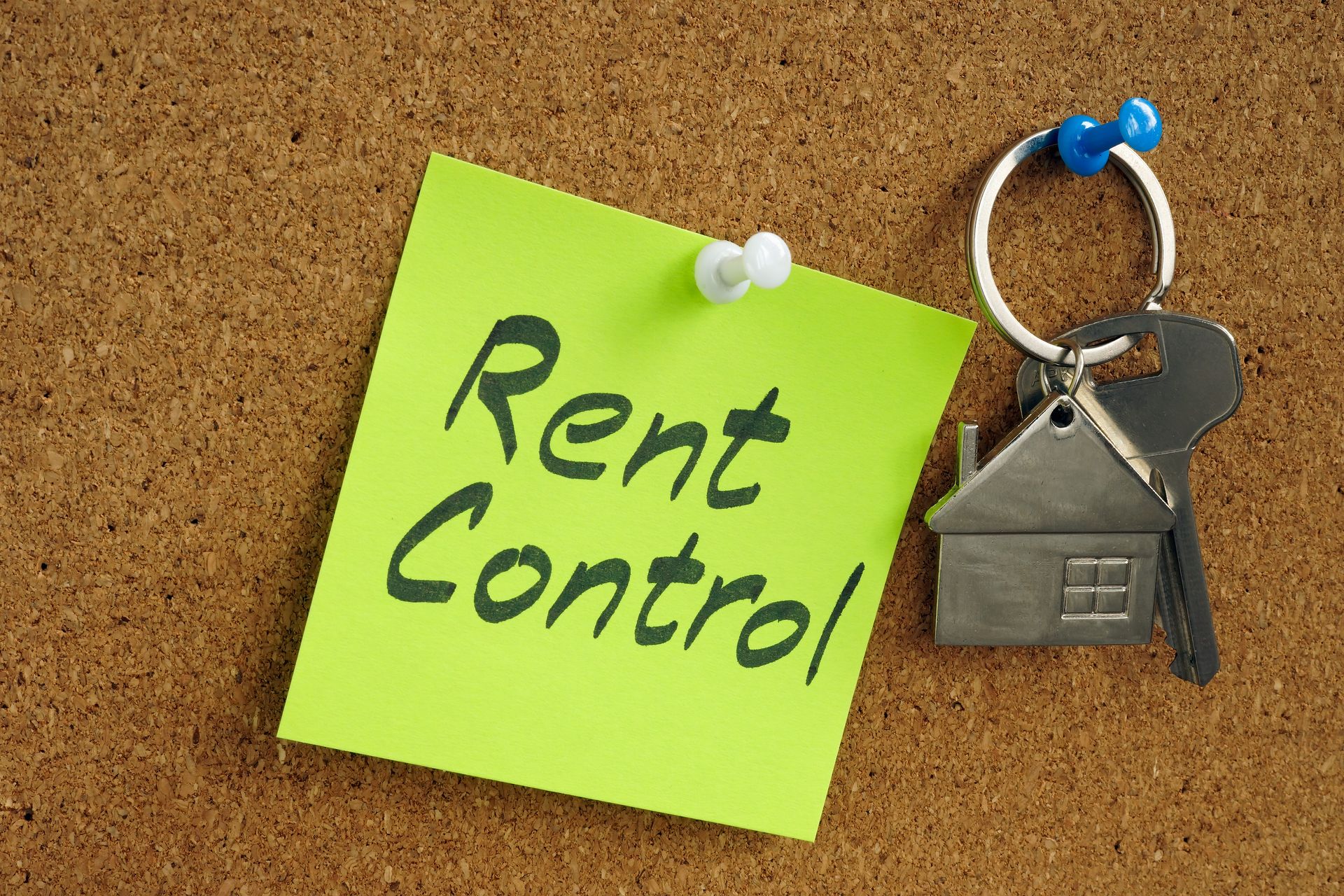
Minnesota does not have statewide rent control, but the city of St. Paul has implemented rent stabilization. This policy, approved by voters in November 2021, places a cap on annual rent increases at three percent. The law was subsequently rolled back slightly to exempt low-income housing and new construction and increase the cap to eight percent on properties vacated by a tenant.
This law is unique to St. Paul, and no other cities in Minnesota currently enforce rent control or rent stabilization ordinances.
Rent Stabilization in St. Paul
St. Paul’s rent control initiative is one of the strictest in the nation, originally limiting rent increases to three percent on eligible housing, regardless of inflation or other factors. Some of the changes to the rent stabilization policy since its initial adoption include:
- Annual Rent Increase Cap: Landlords cannot raise rent by more than three percent annually for existing tenants.
- Exceptions and Self-Certification: Landlords can request rent increases beyond three percent under specific circumstances, such as rising property taxes or operating costs. They may self-certify rent increases between three and eight percent.
- Vacancy Control: When a tenant vacates a unit, landlords may apply for a higher rent increase (up to eight percent plus inflation), but only under certain conditions and with city permission.
- Exemptions: Newly constructed buildings within the last 20 years are exempt from the rent cap, as are properties under specific government programs.
These modifications were made to balance tenant protections with landlord concerns about maintenance and profitability.
Statewide Landlord-Tenant Laws in Minnesota
For the rest of Minnesota, including Minneapolis, rent control is not in place, but there are several statewide landlord-tenant laws that aim to protect both parties.
- Security Deposits: There is no legal limit on the amount a landlord can charge for a security deposit. However, landlords must return the deposit (minus any deductions for damages) within 21 days of the tenant moving out and providing their forwarding address.
- Rent Increase Notices: In areas without rent control, landlords can raise rent, but they are required to provide notice. Typically, a one-month notice is needed before increasing rent for tenants with month-to-month leases.
- Evictions: Landlords must provide a 14-day notice for nonpayment of rent before filing for eviction. St. Paul has additional protections, requiring "just cause" to terminate a lease, but this is not a statewide requirement.
The Controversy Surrounding Rent Control
Rent control is a highly debated topic. Proponents argue that it stabilizes communities and provides much-needed protection for tenants, particularly low-income residents who face the risk of being priced out of their homes. By capping rent increases, renters have more financial predictability, which can prevent homelessness and displacement.
On the other hand, critics of rent control believe it can lead to unintended consequences. One common argument is that capping rent disincentivizes new housing developments and limits the return on investment for property owners, meaning fewer people will buy properties for the purpose of renting them out.
There’s also a concern that current rental property owners will choose to sell, especially if they believe they can get a greater return from a different investment, shrinking available rental housing. This could potentially worsen housing shortages in the long term.
Landlords may also struggle to maintain properties if they cannot raise rents in line with increased inflation and operating costs, potentially leading to deteriorating living conditions.
Other Minneapolis–St. Paul Ordinances Intended to Protect Renters
Rent control is not the only way cities can protect renters. For example, just cause evictions, mentioned above, ensure renters cannot be arbitrarily evicted. Minneapolis has also enacted ordinances that limit evictions to specific causes, like nonpayment of rent or violations of lease terms.
In a no-fault eviction, which can legally occur for renovations or redevelopment, landlords in both cities are required to pay relocation assistance to the tenant to help them cover moving costs. Minneapolis also has strict notice of sale ordinances, which require landlords to provide at least a 60-day notice to tenants if they are planning to sell.
Minneapolis also limits security deposits to no more than one month’s rent. If the landlord is requesting a month’s rent upfront, the security deposit can be no more than 50 percent of one month’s rent. Renters also have the option to pay the security deposit over the course of three months rather than upfront.
Need Legal Help to Deal With a Landlord-Tenant Dispute in Minneapolis or St. Paul?
If you are a renter or landlord in Minneapolis or St. Paul and need advice on rent control, landlord-tenant disputes or other housing issues, the referral counselors at Minnesota Lawyer Referral and Information Service (MNLRIS) can connect you with an experienced attorney.
Contact us today or give us a call at (612) 752-6699.




